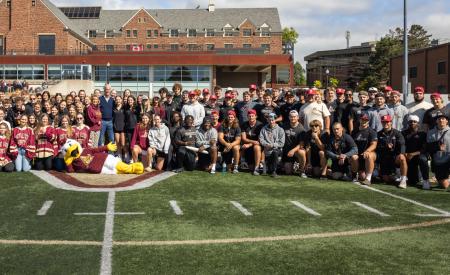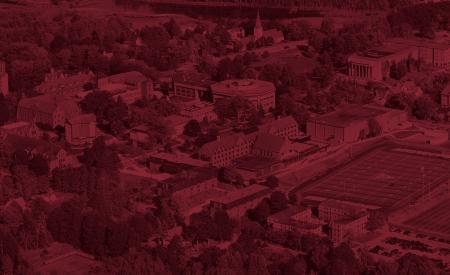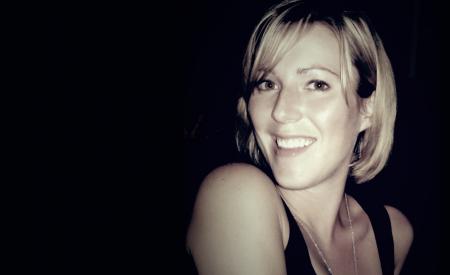Mount Allison faculty members honoured with 2022 Paul Pare Awards
SACKVILLE, NB – Six Mount Allison University professors have been named the 2022 recipients of the Paul Paré Excellence Awards, recognizing their contributions in research, scholarship, and creative activities.
The 2022 recipients are:
• Dr. Susan Andrews (Religious Studies)
• Dr. Ilaria Battiloro (Classics)
• Dr. David Hornidge (Physics)
• Dr. David Lieske (Geography and Environment)
• Dr. Catherine Lovekin (Physics)
• Dr. Linda Pearse (Music)
“These awards recognize outstanding research, scholarship, or creative performance,” says Provost and Vice-President, Academic and Research Dr. Jeff Hennessy. “Having recipients from departments across campus shows the strong commitment on behalf of Mount Allison faculty members to both their pedagogy and research and how they bridge these endeavours in extraordinary ways. I congratulate all recipients on these well-deserved awards.”
Susan (Susie) Andrews (Religious Studies)
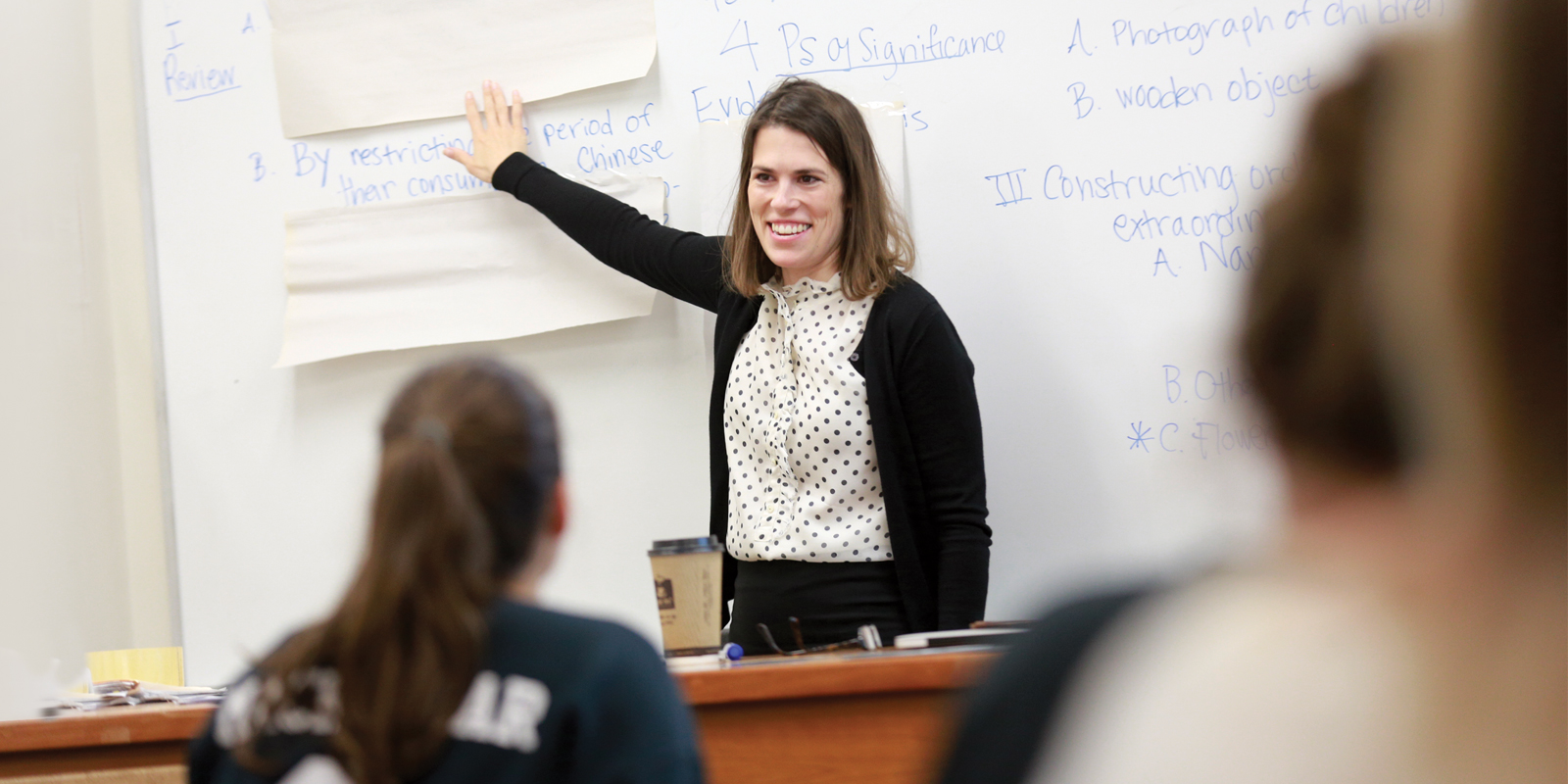
A scholar of Eastern Asian religions and narrative, Andrews is recognized internationally for her research on the ways storytelling matters for the formation of identity and empathy in diverse communities.
Andrews is known for engaging her students both in class and in field research. With funding from organizations such as BDK Canada and the From the Ground Up project, she has initiated student fieldwork in Canada, the United States, China, and Japan. From studying Traditional Chinese Medicine in Henan to producing drone footage of northern Taiwan’s sacred landscape, Andrews relishes the opportunity to learn onsite with her students.
Over the last two years, with funding from the Government of Canada’s Innovative Work-Integrated Learning Initiative (I-WIL), Andrews and her students have been collaborating with local preschool and elementary school students to explore materials from the Canadian Museum of History (CMH) collection and to understand how representations in picture books matter.
Ilaria Battiloro (Classics and Visual and Material Culture Studies)
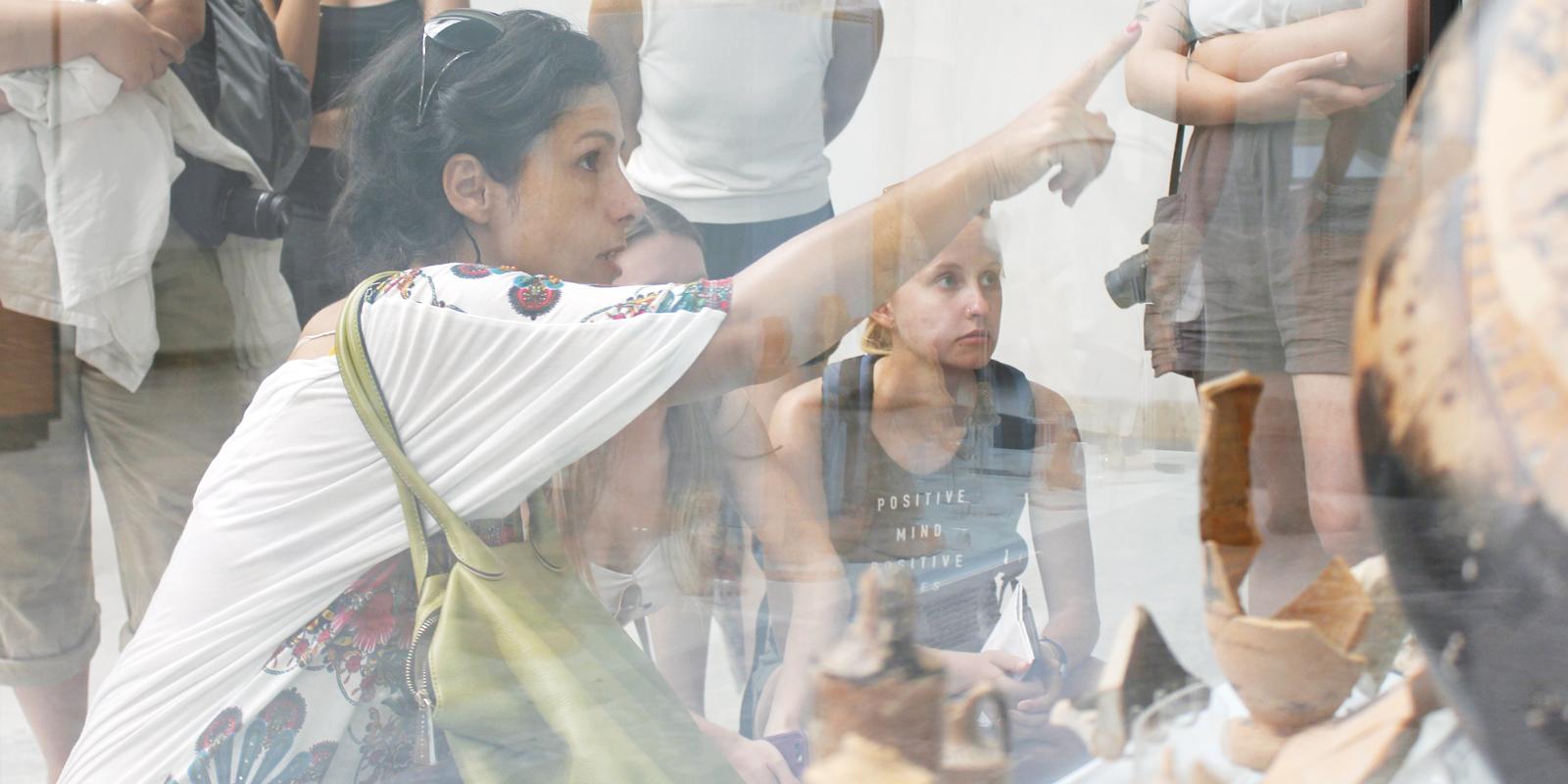
Teaching Greek and Roman archeology and courses on archeological investigations methods and techniques, Battiloro is co-director of the Venus Pompeiana Project.
Her research pertains to the history and archeology of Southern Italy, with special attention to indigenous cultures and communities . In particular, since 2000 she has been focusing on her long-standing interests in the native populations of ancient Basilicata (Italy) from the 6th century BCE to the Roman conquest of the Italian peninsula, with special emphasis on cult places and religious manifestations, gender-roles, and construction of ethnic and cultural identity.
Since 2017, she is co-director of the Venus Pompeiana Project, a research program on the Sanctuary of Venus in Pompeii, whose main objective is to elucidate the nature of the occupation of the site by taking into considerations the remains from old and new excavations. Part of this research program is a field school in archaeology, which offer Mount Allison students the opportunity to work on archeological excavation and research in Pompeii as part of their undergraduate experience.
As one nominator writes, “To be trusted with such access to landmarks and curatorship of artefacts endowed with patrimonial importance to Italy, UNESCO, and world history, a researcher must not only have a remarkable reputation and solid credentials as a global scholar but also exemplify genuine core values and deep respect for heritage and culture – and giving Dr. Battiloro the seal of approval clearly indicates that she does in the eyes of those granting it.”
In addition to her teaching and research work, Battiloro has published several books and peer-reviewed articles in her field, securing many external grants to support her research program. A devoted teacher, she leads an international team of researchers, including Mount Allison students in her archeological practice abroad and has cultivated significant applied learning opportunities that model how teaching and research can be woven together.
David Hornidge (Physics)
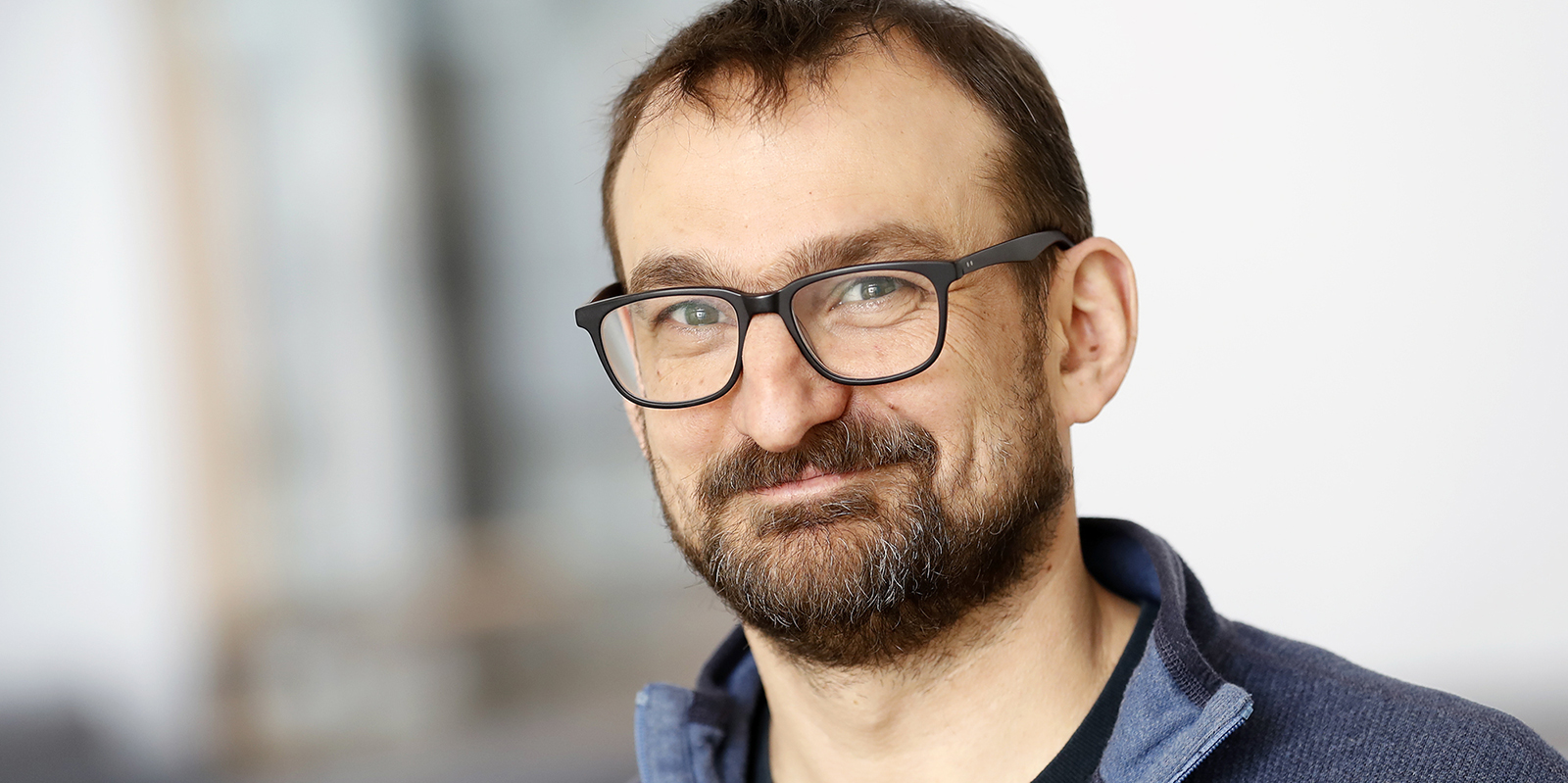
A leader and contributor to several international collaborations in subatomic physics, Hornidge works to include his undergraduate students in his international research program. This has provided Mount Allison students with exceptional opportunities to conduct physics research both on campus and internationally.
Over his career, Hornidge has led a program of hadron structure experiments in the A2 Collaboration at the Institute for Nuclear Physics in Mainz, Germany. Several Mount Allison students have worked as research assistants, travelling to Germany to visit this world-class facility. Hornidge is also a member of the Compton@HIGS Collaboration, based at Duke University’s Free Electon Laser laboratory, the GlueX Collaboration at the Jefferson Laboratory in Newport News, VA, and has several research collaborations at universities across Canada. He is also one of the founding members of the new Electron-Ion Collider Canada Collaboration.
Hornidge has obtained external research grants from organizations such as the Natural Sciences and Engineering Research Council of Canada and publishes research papers regularly, including some co-authored with Mount Allison students, in internationally acclaimed peer-reviewed journals.
A member of the Royal Society of Canada’s College of New Scholars, Artists, and Scientists, Hornidge contributes to several University and external research committees and groups, including the Canadian Association of Physicists and Science Atlantic (Astronomy and Physics committee).
Hornidge is also known for his innovative and interdisciplinary teaching, bringing new courses such as Physics and Music to Mount Allison.
David Lieske (Geography and Environment)
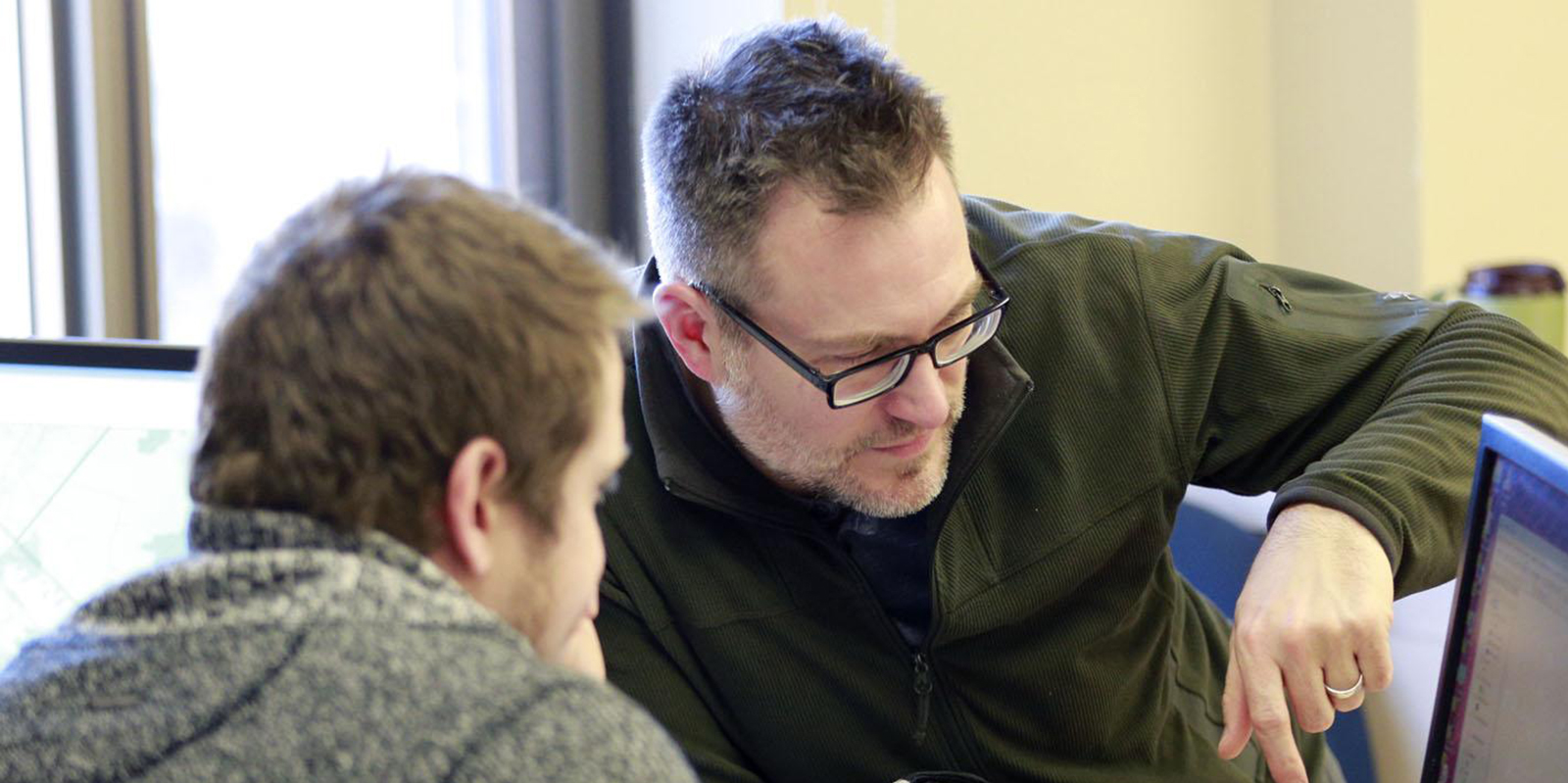
Dr. David Lieske is a spatial modeler interested in how changes in the natural and human environment affect the distribution and abundance of organisms. His expertise encompasses Geographic Information Systems (GIS), statistics, and remote sensing – a trio of tools that have helped him cast light on the conditions that have driven changes in both birds (falcons, ducks, seabirds) and mammals (elk), as well as the blacklegged tick – a species of special concern given its role in the spread of Lyme disease. Lieske’s work in wildlife modelling is recognized nationally and internationally, and is complemented by the contributions his lab has made to mapping coastal flood risk in the Tantramar area.
Lieske is currently the Head of the Department of Geography and Environment. In addition to his teaching, research, and administrative duties, he regularly organizes Atlantic meetings of the Canadian Association of Geographers as part of his role as President of the Division.
Lieske’s work has always been informed, directed, and sustained by collaborative partnerships with other researchers, supported or funded by agencies such as SSHRC, Environment and Climate Change Canada, WWF-Canada, Birds Canada, New Brunswick Environmental Trust Fund, Conservation Council of New Brunswick, and the Public Health Agency of Canada – alongside students and colleagues at Mount Allison. Many students have co-published academic papers with Lieske, or gone on to careers involving the use of GIS and spatial modelling.
He manages an active research program which in 2022 led to a spatial analysis of the way in which highway construction resulted in unanticipated consequences for a reintroduced herd of elk in Ontario. Prior to that, Lieske led a team of scientists in the first Maritime-wide analysis of the cumulative threats to 13 species of colonial seabirds, an analysis which involved the integration of over 600,000 tracking positions and thousands of colonies.
Catherine Lovekin (Physics)
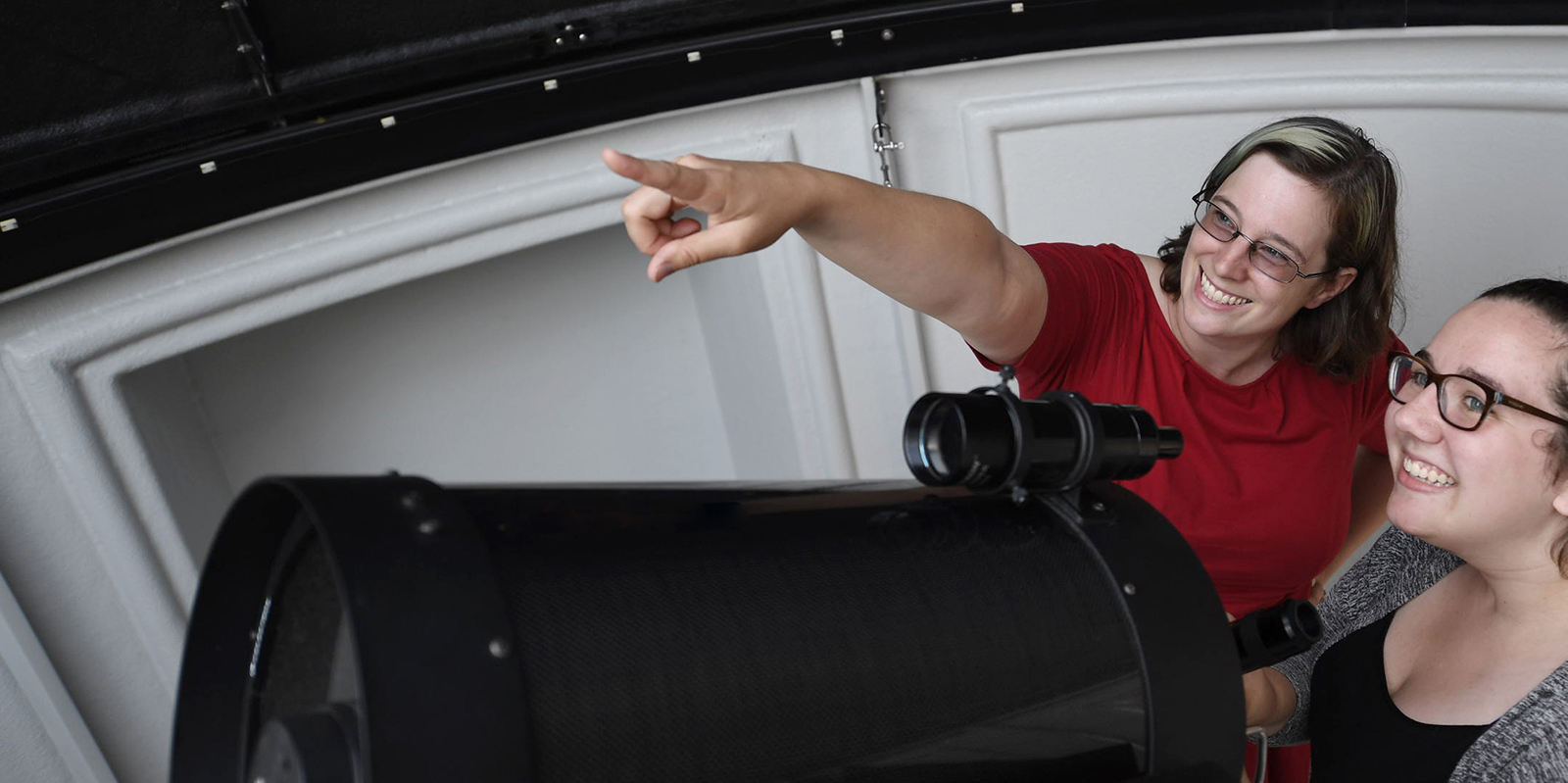
An astrophysicist and current physics department head, Lovekin’s research focuses on the internal structure of stars, trying to better understand the way convection behaves in the interior.
Over the past three years, Lovekin has been increasingly involved in leadership in Canada’s digital research infrastructure. In 2020, she joined the Digital Research Alliance of Canada’s Research Council, one of the only four researchers from Atlantic Canada, and this year became Chair of the BRITE Executive Science Team, coordinating an international collaboration running a constellation of 5 satellites dedicated to asteroseismology. The satellites are funded by Austria, Poland, and Canada, and the collaboration also includes individual scientists from the US and several other European countries.
At Mount Allison Lovekin leads astronomy courses and labs at the Mount Allison Gemini Observatory on campus. She has also expanded her outreach to the wider community giving regularly Starry Sackville lectures and viewings to local youth groups such as Girl Guides and Scouts and the public. Lovekin is also a sought-after local media interviewee for her accessible approach around newsworthy astronomical events.
In addition to her research and outreach, Lovekin teaches and mentors Mount Allison students in all years of study. She has overseen and co-published several academic studies with undergraduate students and, in 2019, spearheaded an initiative with colleagues in the Math and Computer Science department to develop an honours program in Computer Science and Physics.
Linda Pearse (Music)
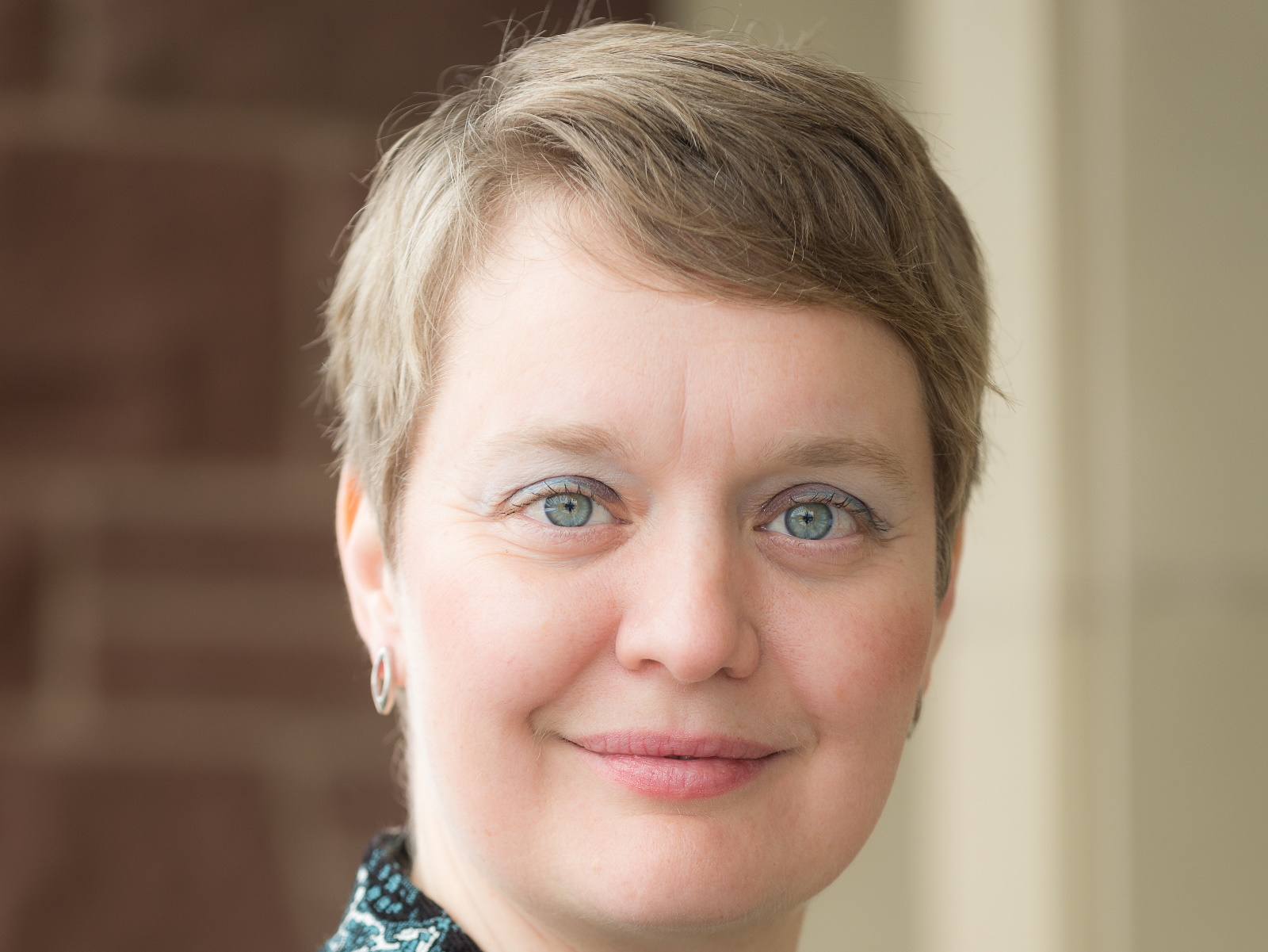
An associate professor of music history, Pearse’s research, teaching, and creative activities extend beyond these areas, providing important contributions to both campus and the wider community. Over the past three years, Pearse has worked to bridge her scholarship activities around music history to be more collaborative and intercultural, challenging historical narratives that position art music within a Eurocentric frame.
Recent projects include Changing Colonial Narratives in Eurocentric Music History, a bibliography project with Queen’s and Laval Universities that challenges embedded colonial narratives in European music history. Funded by the Social Sciences and Humanities Research Council of Canada (SSHRC), the project supports a recurring six-week summer student research lab at Mount A and that already has resulted in presentations and an accepted chapter proposal.
In 2018, Pearse, in collaboration with Indigenous and academic partners, launched How Do We Listen? a project that tells Angela Acquin’s (Wolostoqew) story about her grandmother, a survivor of the Shubenacadie Indian Residential School (also funded by SSHRC). The project includes a video documentary, two articles, and multiple performances for community and high school audiences. Pearse has worked to include students in both these initiatives.


